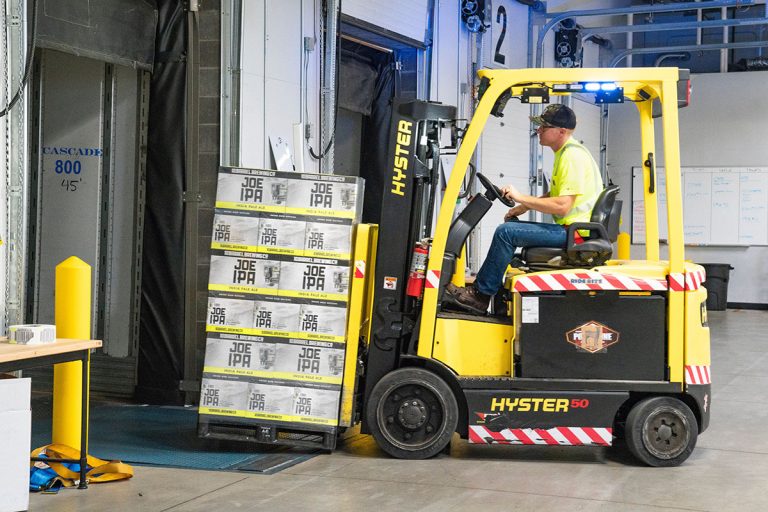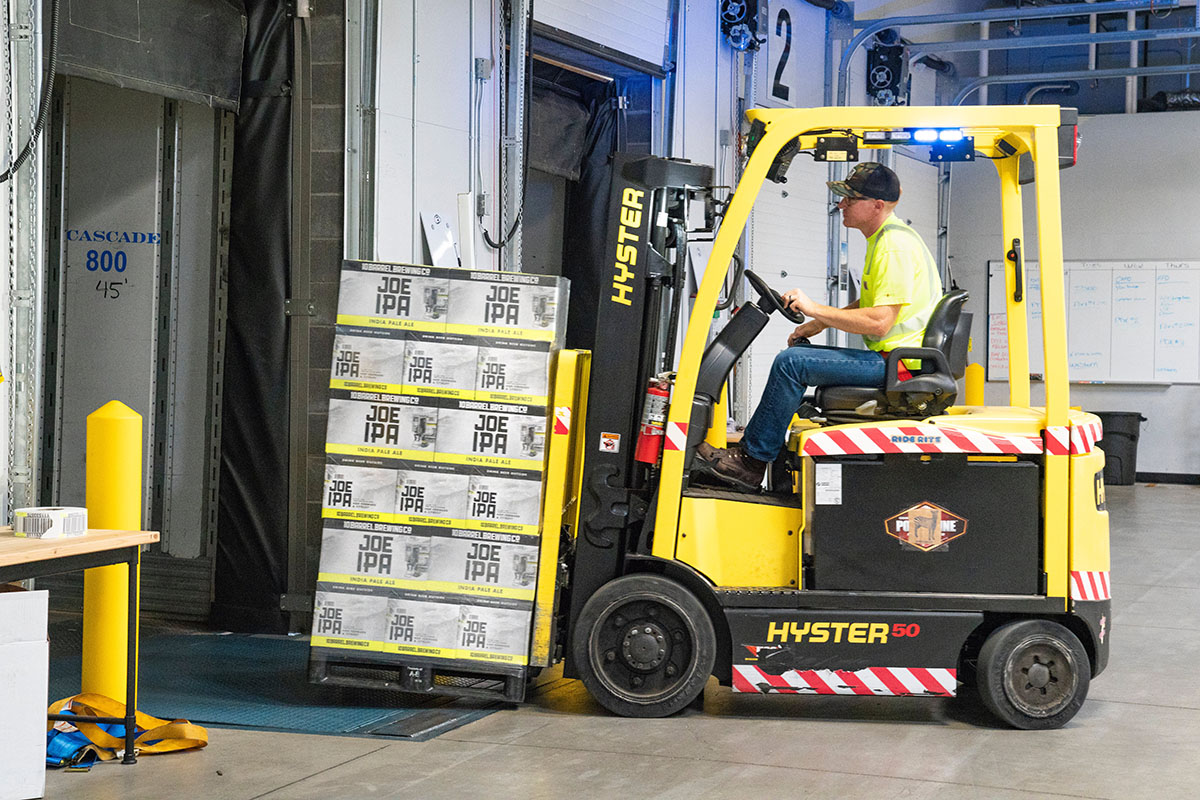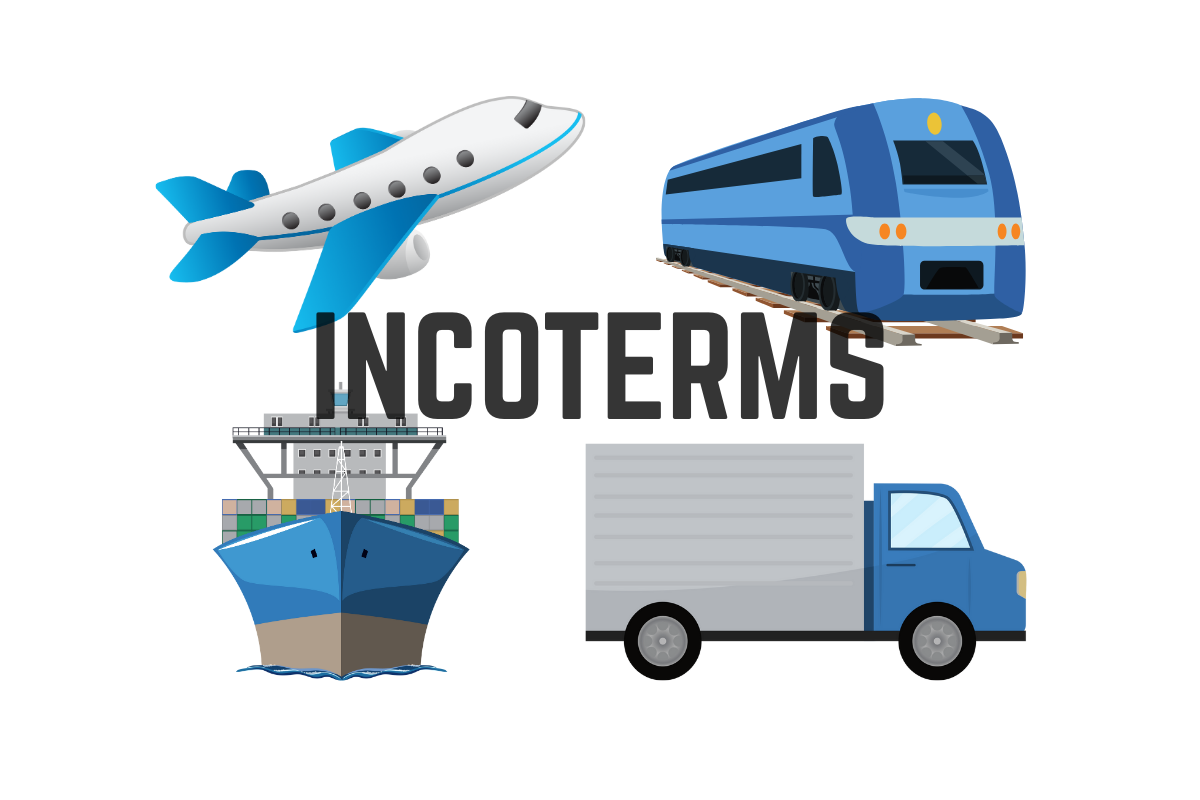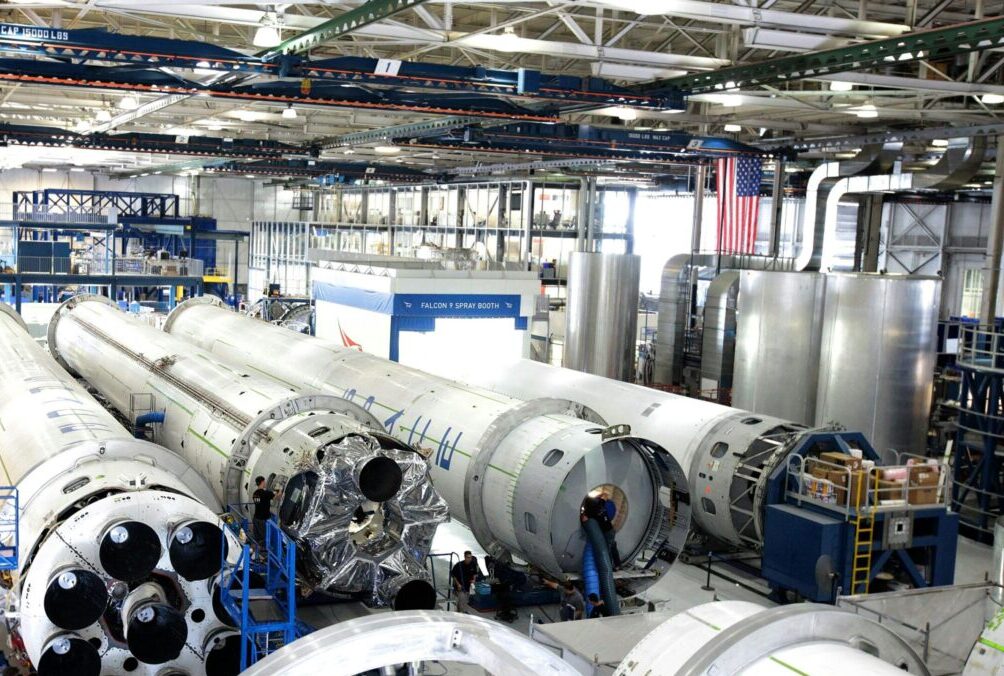
Past Challenges
Over the past two years, the warehousing industry has faced significant challenges in aligning prices and availability with expectations. The surge in demand for flexible space during the pandemic created a shortage, with premiums attached to whatever little flex space was available. Subsequently, 2022 witnessed a construction boom as low interest rates and a renewed interest in near-shoring spurred the development of new industrial warehousing facilities. However, as the year progressed and interest rates began to rise, the economy experienced a downturn, causing a sharp decline in the real estate sector.

Upcoming Challenges
Looking ahead to 2024, there is a noticeable shift towards a more cautious approach to new construction, with moderate increases attempting to bring us back to pre-pandemic norm. However, with the Federal interest rate hovering around 5.25-5.5%, the costs associated with warehousing space are on the rise. Furthermore, uncertainties in international trade and disruptions in vessel traffic emphasize the importance of mitigating risks and improving lead times to customer deliveries. Proactively seeking out warehousing partners before these challenges exacerbate could provide better control over inventory as the year progresses.
In addition to the challenges in the warehousing sector, the closure of Yellow and its carrier network has led to major setbacks in Less Than Truckload (LTL) capacity. This has resulted in a significant spike in costs and a resurgence of accessorial charges imposed arbitrarily on many loads by LTL carriers.
How Warehousing Can Help
One might wonder how these setbacks in LTL capacity are related to warehouse space and pricing. If your operations involve scheduling multiple LTL shipments per day or week, it may be worth considering rerouting these shipments to a centralized warehouse. This approach allows for more efficient pick-and-pull operations, or the creation of dedicated milk runs or scheduled truckload shipments. By optimizing your network and minimizing the distance to end-users, you could potentially reduce costs in both warehousing needs and transportation.

In summary, navigating the challenges in the warehousing and logistics industry requires a multifaceted approach. While uncertainties persist, proactive measures such as strategic partnerships and innovative routing solutions can help mitigate risks and optimize operations in the ever-evolving landscape of supply chain management.
Contact Native American Logistics for a comprehensive supply chain management solutions.








